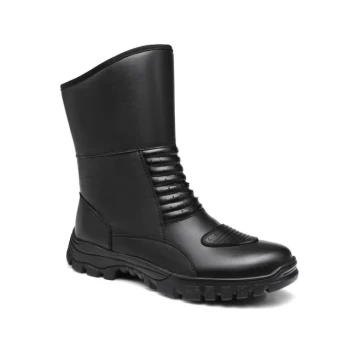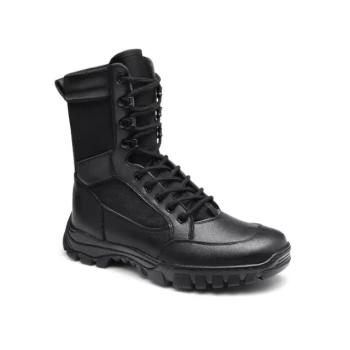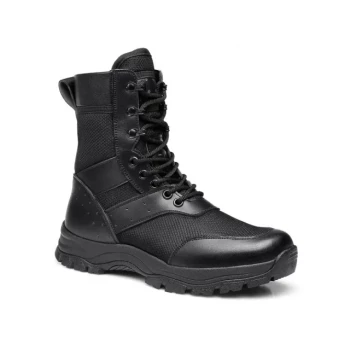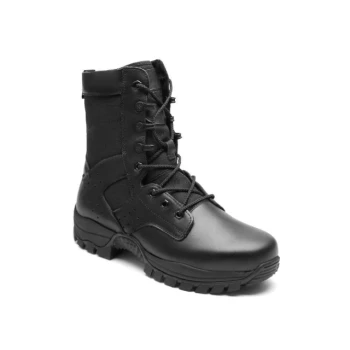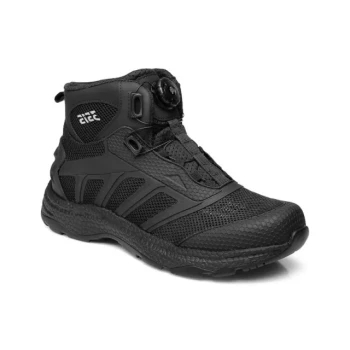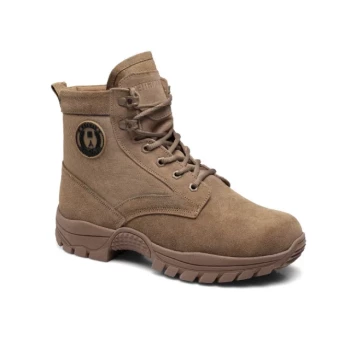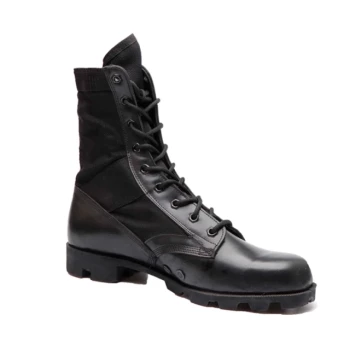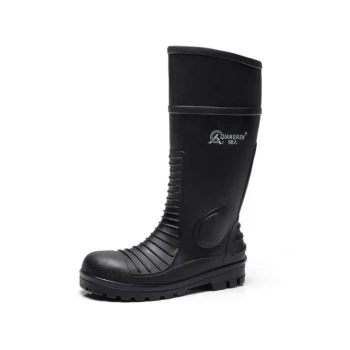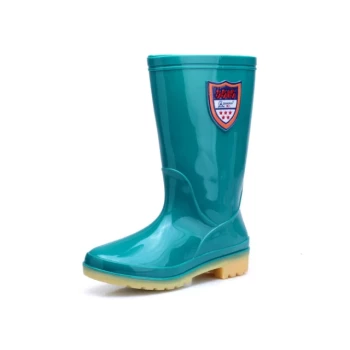Choosing the right tactical boot requires a clear assessment of your intended mission, the environment you'll operate in, and the specific balance you need between mobility and protection. The most critical factors to evaluate are the materials, waterproofing, traction, fit, and any required safety features.
The "best" tactical boot does not exist in a vacuum. The ideal choice is always a calculated trade-off, balancing features like lightweight flexibility against rugged protection to perfectly match the demands of your specific role and environment.
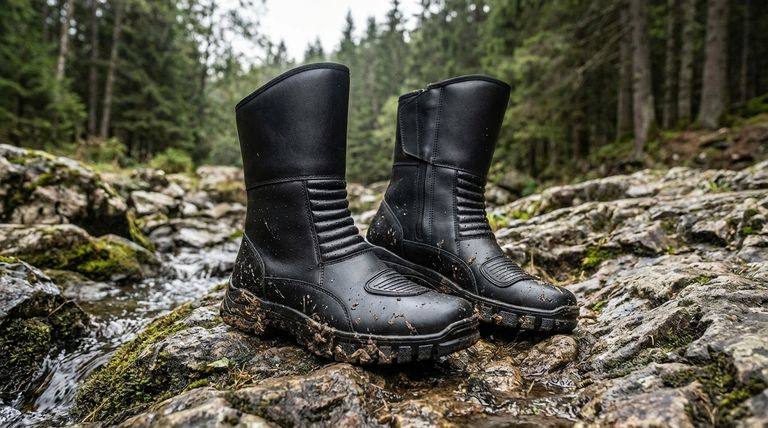
The Mission Dictates the Gear: Defining Your Primary Use
Before examining specific features, you must first define the primary context in which the boots will be used. This single step will guide all subsequent decisions.
For Fast-Paced, Dynamic Roles
In roles requiring constant movement, such as law enforcement patrol or security, agility is paramount. Boots for this purpose are often lighter and more flexible.
They frequently feature nylon or synthetic uppers, breathable mesh panels, and cushioned midsoles similar to athletic shoes, prioritizing comfort and reducing fatigue during long shifts.
For Heavy-Duty, Rugged Environments
When operating in rough terrain or carrying heavy loads, support and durability become the primary concerns. These situations demand a more robust boot.
Look for features like a taller shaft (8 inches or more) for ankle support, full-grain leather for maximum durability, and a stiffer sole to provide a stable platform on uneven ground.
For Specialized Hazard Zones
If your work environment includes specific dangers like falling objects or electrical risks, you must prioritize certified safety features.
These boots will have designations for toe protection (steel, composite, or alloy) and may include puncture-resistant soles or an Electrical Hazard (EH) rating. Always consult your industry's safety regulations.
Deconstructing the Tactical Boot: Key Components
Understanding the anatomy of a boot allows you to make an informed decision based on its construction and materials.
Upper Materials: Leather vs. Synthetics
Full-grain leather offers exceptional durability and water resistance but requires a break-in period and is heavier.
Nylon and other synthetics are lightweight, breathable, and offer excellent flexibility right out of the box, but may provide less long-term durability than leather.
Waterproofing and Breathability
Many tactical boots feature a waterproof and breathable membrane (like Gore-Tex) designed to keep your feet dry from external moisture while allowing sweat vapor to escape.
This technology is essential for wet climates but can reduce overall breathability in hot, dry conditions.
The Outsole: Your Connection to the Ground
The outsole determines the boot's traction and stability. Look for deep, aggressive lugs for grip on varied terrain and a slip-resistant rating if you work on smooth or wet surfaces.
The material compound affects both grip and durability, with softer rubber offering better traction at the cost of faster wear.
The Midsole: The Engine of Comfort
The midsole provides cushioning and absorbs shock. EVA (ethylene vinyl acetate) is lightweight and flexible, common in more athletic-style boots.
PU (polyurethane) is heavier and denser but offers superior long-term durability and support, making it ideal for heavy-duty footwear.
Understanding the Trade-offs: Mobility vs. Protection
Every feature choice comes with a corresponding compromise. Being aware of these trade-offs is the mark of a truly informed decision.
The Weight Penalty
Heavier, more protective boots with thick leather and robust soles provide maximum support and defense against hazards. However, this weight increases fatigue over long distances or shifts.
The Waterproofing Dilemma
A fully waterproof boot is invaluable in rain, snow, or mud. That same waterproof membrane, however, can act as a vapor barrier in hot weather, trapping sweat and leading to discomfort.
Flexibility vs. Ankle Support
A flexible sole allows for quick, agile movements and a better feel for the ground underneath. A stiffer boot, however, provides far superior support, reducing the risk of ankle injuries when navigating rough terrain or carrying a heavy pack.
Making the Right Choice for Your Goal
Select your boot by prioritizing the feature that most directly supports your primary operational need.
- If your primary focus is speed and agility: Prioritize lightweight synthetic materials, a flexible EVA midsole, and high breathability.
- If your primary focus is durability and support: Choose full-grain leather construction, a taller shaft, and a firmer polyurethane midsole.
- If your primary focus is all-weather performance: Look for a boot with a proven waterproof and breathable membrane and an all-terrain outsole.
- If your primary focus is workplace safety: Ensure the boot is certified to meet the specific ASTM or industry standards required for your job.
Ultimately, the right boot becomes an invisible and reliable piece of equipment, empowering you to focus entirely on the mission at hand.
Summary Table:
| Key Selection Factor | Priority for Fast-Paced Roles | Priority for Heavy-Duty Roles | Priority for Hazard Zones |
|---|---|---|---|
| Material | Lightweight Synthetics | Full-Grain Leather | Certified Safety Materials |
| Weight | High (Lightweight) | Medium to Low | Varies by Protection Level |
| Waterproofing | Moderate (Breathability Focus) | High | High (if wet environment) |
| Ankle Support | Low to Medium (Flexibility) | High (8"+ Shaft) | Medium to High |
| Safety Features | Optional | Recommended | Mandatory (EH, Toe Protection) |
Ready to Equip Your Team with Mission-Ready Tactical Boots?
As a large-scale manufacturer, 3515 produces a comprehensive range of tactical, safety, and outdoor footwear for distributors, brand owners, and bulk clients. Our production capabilities encompass all types of boots tailored to the demands of law enforcement, military, and industrial professionals.
We can help you source or customize the perfect tactical boot that balances mobility, protection, and durability for your specific operational needs.
Contact our expert team today to discuss your requirements and receive a customized solution.
Visual Guide
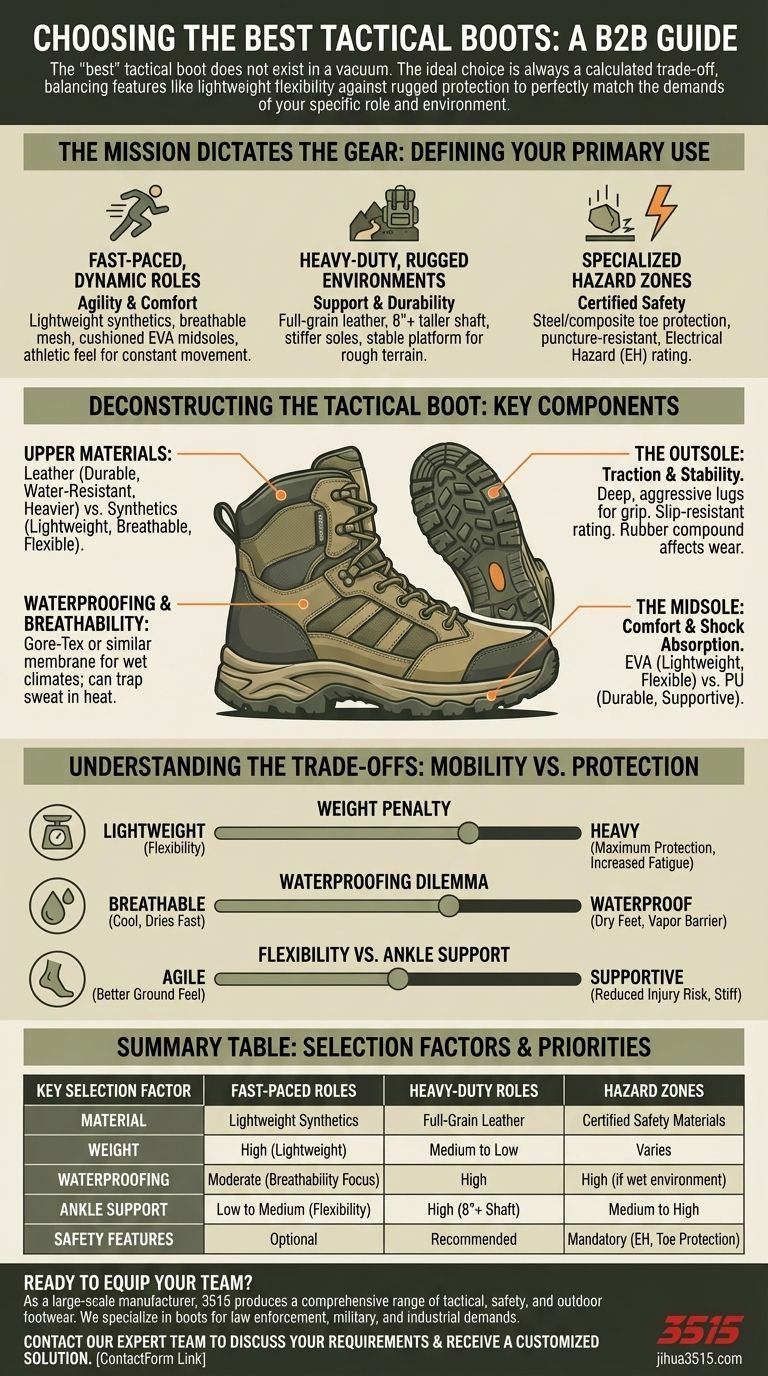
Related Products
- Wholesale Tactical Boots High-Traction & Reflective for Bulk & Brand Orders
- Durable High-Ankle Tactical Boots Wholesale Manufacturer for Custom & Bulk Orders
- Durable Leather High-Ankle Tactical Boots for Wholesale & Custom Manufacturing
- Durable Leather Tactical Boots Wholesale & Custom Manufacturing for Brands
- Durable Mid-Cut Tactical Boots for Wholesale & Private Label
People Also Ask
- What additional comfort features should be considered in tactical boots? Enhance Endurance and Performance
- What is the function of the insole in tactical boots? A Guide to Foot Support & Performance
- How does the material of tactical boots affect their performance? Choose the Right Material for Your Mission
- What features distinguish a tactical boot from regular boots? Uncover the Key Design Differences
- How does breathability contribute to the comfort of tactical boots? Prevent Blisters and Boost Performance
